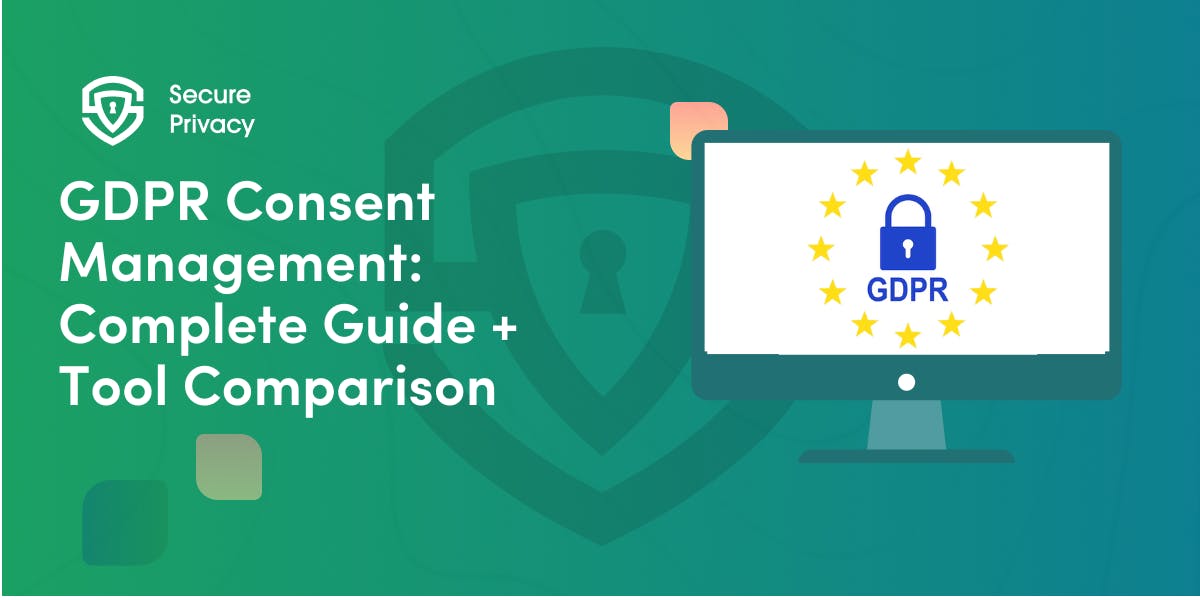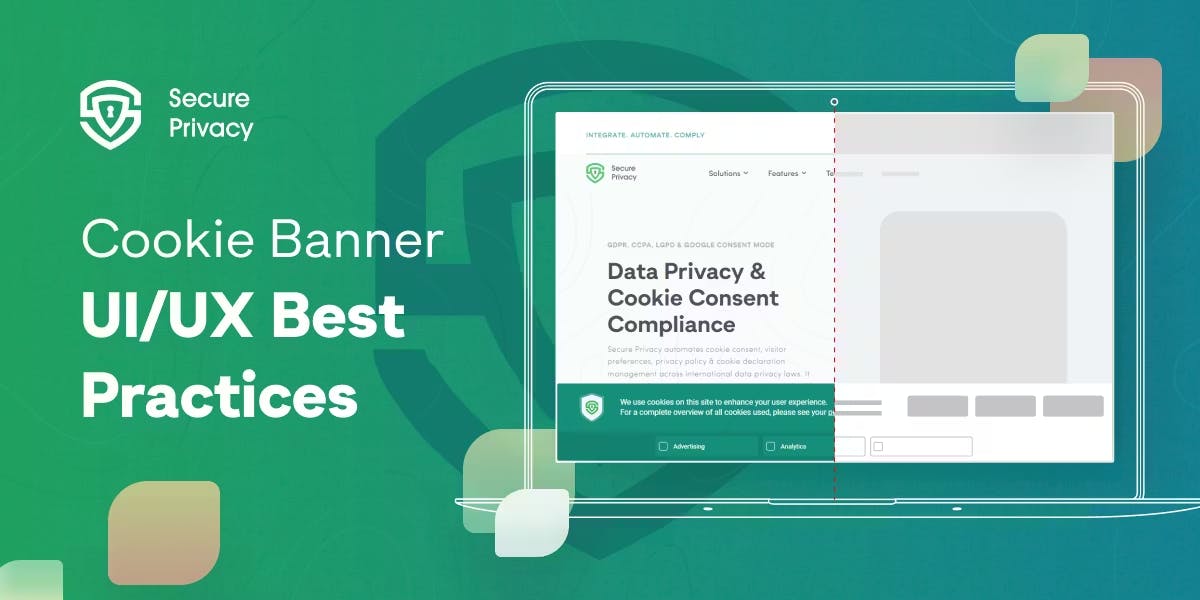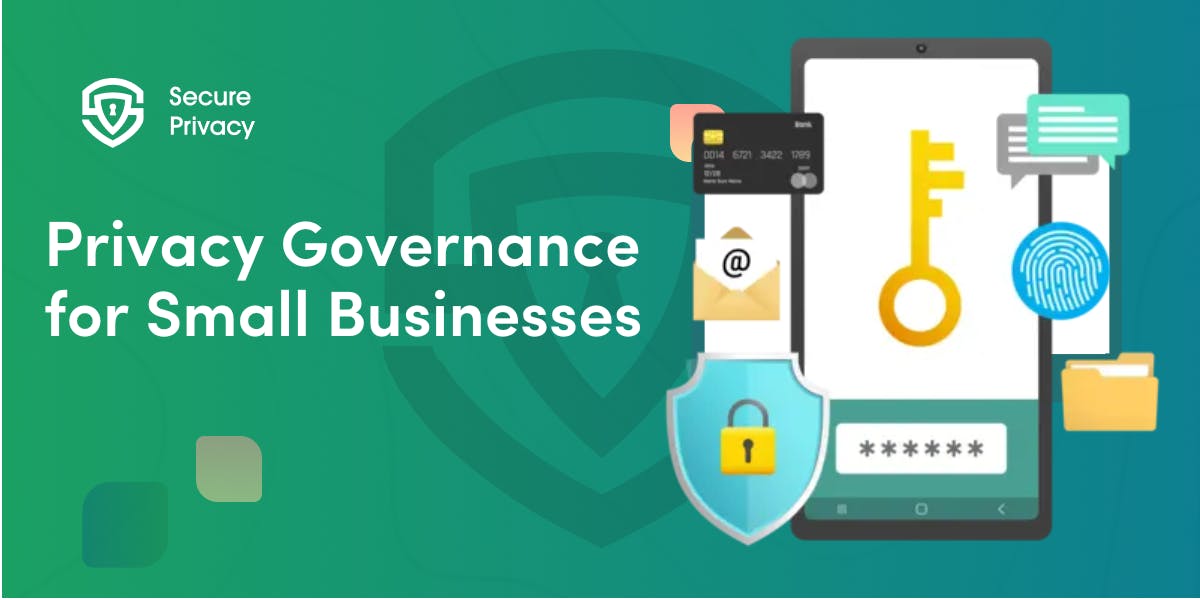10 Costly Mistakes to Avoid When Setting Up Your Consent Management Platform (2025 Guide)
Avoid costly privacy mistakes! Discover the 10 biggest errors businesses make when setting up a Consent Management Platform (CMP) in 2025—plus expert tips to ensure compliance, boost trust, and optimize your privacy strategy.
Remember when websites were simple? These days, every time you visit a new site, you're greeted with those familiar cookie consent popups. Behind those popups is something called a Consent Management Platform (CMP), and if you're running a business website, getting it right is crucial. Let's dive into the most expensive mistakes companies make with their CMPs and how you can avoid them.
Why Your Privacy Consent System Matters More Than Ever
Before we jump into the mistakes, let's talk about why this matters. In 2025, privacy isn't just a buzzword - it's a business essential. With fines for privacy violations reaching millions of dollars and consumers becoming increasingly privacy-conscious, your consent management system is as important as your payment processor or security system.
Recent studies show that 87% of consumers will take their business elsewhere if they don't trust how a company handles their data. That's a lot of potential customers walking away over privacy concerns.
1. Rushing to Launch Without Proper Testing
The Mistake
Imagine opening a restaurant without testing your kitchen equipment - that's what launching an untested CMP is like. Many businesses, eager to get compliant, rush their CMP implementation and end up with a system that creates more problems than it solves.
Real-World Impact
- Shopping carts that stop working after consent popups
- Payment systems failing during checkout
- Marketing tools breaking due to incorrect consent settings
- Analytics systems collecting data when they shouldn't (hello, potential fines!)
How to Get It Right
- Create a detailed testing checklist covering all website functions
- Test on different browsers (Chrome, Firefox, Safari, Edge)
- Run mobile-specific tests
- Check performance impact on page load times
- Verify all tracking codes activate/deactivate properly with consent changes
2. Getting the Privacy Rules Wrong
The Common Confusion
Privacy laws are like tax codes - complex and constantly changing. Many businesses apply GDPR rules globally when they shouldn't, or California privacy rules (CCPA) to European visitors when they shouldn't.
The Cost of Confusion
- Unnecessary consent collection slowing down user experience
- Missing required consents in regulated regions
- Over-collecting consent can be as problematic as under-collecting
Smart Solutions
- Map out which privacy laws apply to your user base
- Create region-specific consent flows
- Keep a calendar of upcoming privacy regulation changes
- Consider working with a privacy expert for initial setup
3. Forgetting About Mobile Users
The Mobile Majority
Here's a shocking stat: over 60% of web browsing happens on mobile devices, yet many businesses only test their CMP on desktop computers.
Mobile-Specific Challenges
- Limited screen space for consent interfaces
- Different user interaction patterns
- Varying connection speeds affecting load times
- Mobile app considerations
Making Mobile Work
- Design mobile-first consent interfaces
- Test on various screen sizes and devices
- Ensure touch-friendly button sizes and spacing
- Optimize consent popup loading times for mobile connections
4. Messy Data Management
The Data Disaster
Poor data organization in your CMP is like having a filing system where everything's labeled "miscellaneous." It creates confusion, increases error risk, and makes compliance harder than it needs to be.
Common Data Problems
- Inconsistent naming conventions
- Outdated vendor lists
- Missing purpose descriptions
- Unclear data retention periods
Creating Order from Chaos
- Implement clear naming conventions
- Regular data audits (monthly or quarterly)
- Document all data collection purposes
- Create a data inventory map
5. Poor Vendor Control
The Vendor Vulnerability
Think of vendors as business partners who have access to your customers' data. Without proper management, you might be sharing data with companies you've long stopped working with.
Hidden Risks
- Unauthorized data sharing
- Expired vendor contracts still active in CMP
- Missing vendor privacy documentation
- Incomplete vendor data usage records
Taking Control
- Regular vendor audit (at least quarterly)
- Document all vendor relationships
- Verify vendor compliance credentials
- Implement vendor monitoring systems
6. Not Planning for Problems
The Error Emergency
Systems fail, connections drop, and users do unexpected things. Without proper error handling, these normal occurrences can turn into privacy nightmares.
Common Crisis Points
- Network timeouts during consent collection
- Failed consent recording
- System conflicts
- User browser compatibility issues
Building a Safety Net
- Implement comprehensive error logging
- Create user-friendly error messages
- Develop fallback systems
- Regular error log review and analysis
7. Making It Too Complicated
The Complexity Trap
Privacy doesn't have to be painful. Yet many businesses create consent systems so complex that users simply click "accept all" to make them go away.
Signs of Overcomplexity
- Multi-page consent flows
- Legal jargon in user interfaces
- Too many consent options
- Confusing navigation
Simplification Strategies
- Use plain language
- Implement one-page consent designs
- Clear purpose descriptions
- Simple accept/reject options
8. Set It and Forget It Mentality
The Maintenance Must-Have
Your CMP needs regular attention, just like any other critical business system.
Maintenance Checklist
- Monthly vendor list reviews
- Quarterly compliance checks
- Regular performance monitoring
- User feedback analysis
- Consent rate optimization
Creating a Maintenance Schedule
- Set regular review dates
- Assign responsibility for updates
- Document all changes
- Monitor industry updates
9. Poor Integration with Your Other Systems
The Integration Issue
Your CMP needs to work seamlessly with your marketing tools, analytics, and other business systems.
Common Integration Challenges
- Delayed consent synchronization
- Conflicting scripts
- Analytics gaps
- Marketing tool conflicts
Integration Best Practices
- Map all system dependencies
- Test integrations thoroughly
- Document integration points
- Regular integration audits
10. Ignoring International Users
The Global Challenge
The internet is global, and your privacy consent system needs to be too.
International Considerations
- Multiple language support
- Regional compliance requirements
- Cultural differences in privacy expectations
- Time zone considerations
Going Global Right
- Implement automatic language detection
- Create region-specific consent flows
- Consider cultural nuances in messaging
- Regular international compliance review
Taking Action: Your CMP Implementation Checklist
Ready to avoid these mistakes? Here's your action plan:
- Audit your current system
- Create a testing protocol
- Review vendor relationships
- Simplify user interfaces
- Implement regular maintenance schedules
- Document everything
- Train your team
- Monitor performance
- Stay updated on privacy laws
- Regular system reviews
The Bottom Line
Getting your privacy consent system right isn't just about avoiding fines - it's about building trust with your customers and creating a foundation for sustainable business growth. Take the time to do it right, and you'll turn what many see as a compliance burden into a business advantage.
Advanced CMP Strategies for 2025
Leveraging Automation
Modern CMPs can automate many privacy tasks:
- Consent record maintenance
- Privacy policy updates
- Compliance monitoring
- User preference management
Using Analytics Effectively
Smart consent analytics can help you:
- Track consent rates by region
- Identify problem areas in your consent flow
- Optimize user experience
- Monitor compliance metrics
Integration with Marketing Tools
Your CMP should work seamlessly with:
- Email marketing platforms
- Analytics tools
- Advertising networks
- Customer relationship management systems
Common Questions About CMP Implementation
"How Much Will This Cost?"
The true cost of CMP implementation includes:
- Platform licensing
- Integration costs
- Ongoing maintenance
- Staff training
- Regular audits Pro tip: Factor in the cost of non-compliance when budgeting - it's usually much higher than proper implementation.
"How Long Does Implementation Take?"
Typical timeline:
- Basic setup: 2-4 weeks
- Full integration: 1-3 months
- Optimization: Ongoing Factors affecting timeline:
- Website complexity
- Number of vendors
- International presence
- Technical resources
"What About Small Businesses?"
Small business considerations:
- Scaled solutions available
- Essential features vs. nice-to-haves
- Cost-effective compliance strategies
- Simplified implementation options
Future-Proofing Your CMP
Emerging Privacy Trends
Stay ahead with these developing areas:
- AI and machine learning in consent management
- Blockchain for consent records
- Privacy-enhancing technologies
- Zero-party data collection
Preparing for New Regulations
Future-proof strategies:
- Flexible consent frameworks
- Modular implementation
- Regular policy reviews
- Scalable solutions
Technical Deep Dive
Backend Considerations
Critical technical elements:
- API integration points
- Data storage solutions
- Consent record management
- Performance optimization
Frontend Best Practices
User interface essentials:
- Progressive enhancement
- Accessibility compliance
- Performance optimization
- Cross-browser compatibility
Building a Privacy-First Culture
Team Training
Essential training components:
- Privacy basics for all staff
- Technical training for IT teams
- Compliance training for legal
- Customer service privacy protocols
Internal Processes
Develop clear processes for:
- Consent management
- Data access requests
- Privacy incident response
- Regular audits
Measuring Success
Key Performance Indicators
Track these metrics:
- Consent rate by category
- User engagement post-consent
- Technical performance metrics
- Compliance scores
Regular Audits
Audit schedule:
- Monthly technical reviews
- Quarterly compliance checks
- Annual comprehensive audits
- Continuous monitoring
Additional Resources
Tools and Templates
- CMP comparison worksheet
- Implementation checklist
- Vendor assessment template
- Privacy policy generator
Industry Standards
Keep up with:
- IAB framework updates
- ISO privacy standards
- Industry best practices
- Regional requirements
Conclusion: Making Privacy a Competitive Advantage
In today's digital economy, privacy isn't just about compliance - it's a business differentiator. A well-implemented CMP can:
- Build customer trust
- Increase engagement
- Reduce legal risks
- Support business growth
Remember, your CMP is more than just a cookie banner - it's a fundamental part of your digital infrastructure. Take the time to get it right, and you'll build a stronger, more trusted business for the future.
[Check out our Secure Privacy vs. Usercentrics and our Secure Privacy vs. Onetrust 2025 comparison guides.]
Get Started For Free with the
#1 Cookie Consent Platform.
No credit card required

GDPR Consent Management: Complete Guide + Tool Comparison
Your website could be costing you €20 million. Every cookie that loads before user consent, every "accept all" button without an equally prominent reject option — these aren't minor oversights. They're violations that data protection authorities are actively hunting.
- Legal & News
- Data Protection

How to Design High-Performing Cookie Banners in 2026
“You're one click away from a €325 million fine”. That's what Google learned in September 2025 when French regulators hit them for cookie consent violations. The message is clear: cookie banner design in 2026 isn't about getting extra clicks anymore — it's about survival.
- Legal & News
- Data Protection

Privacy Governance for Small Businesses: Step-by-Step Guide
You're a 20-person company. A customer asks for their data. Your marketing team just added a new tracking pixel. Your CRM vendor updated their terms. And you just realized you might need to comply with GDPR, CCPA, or both.
- Legal & News
- Data Protection

